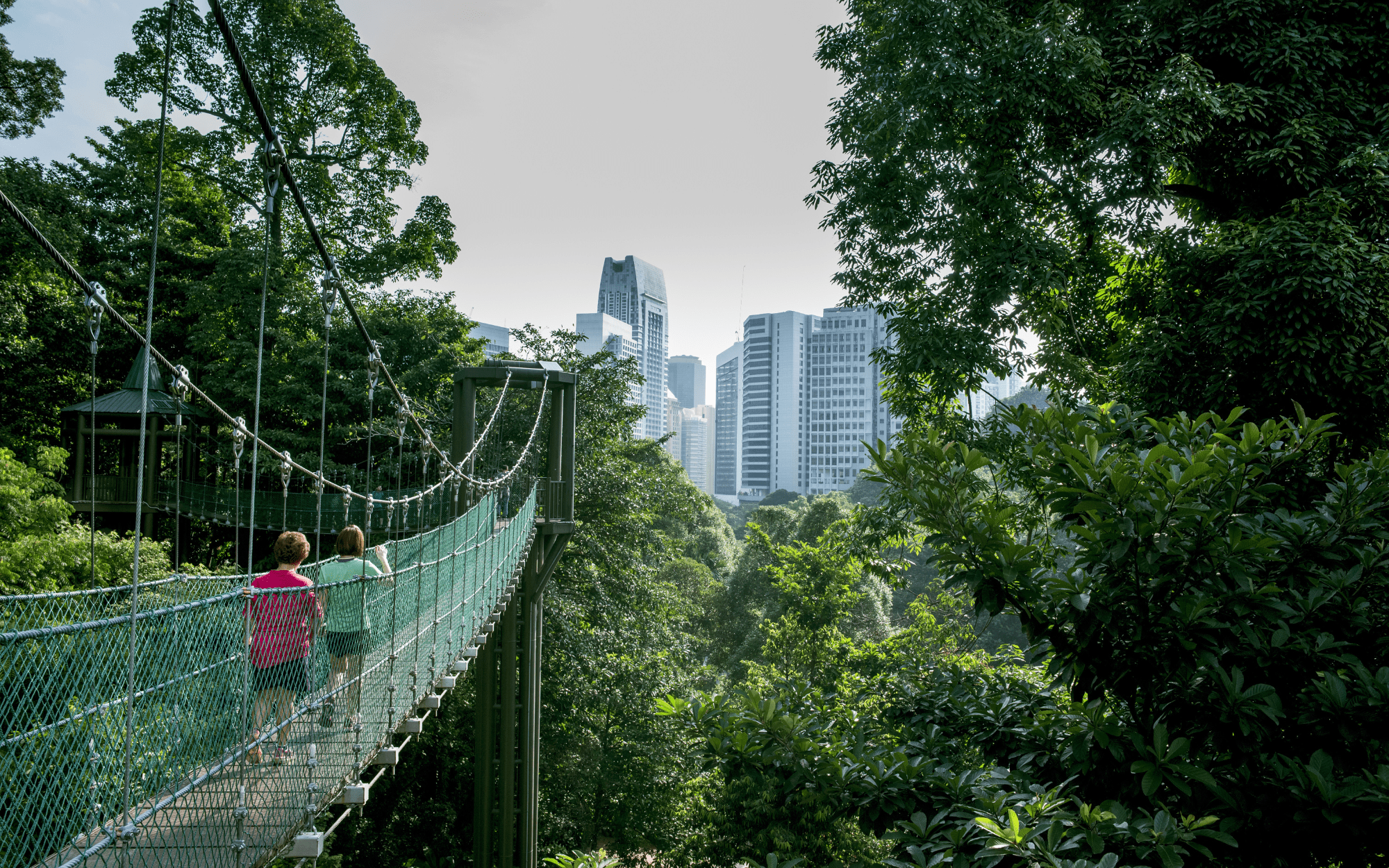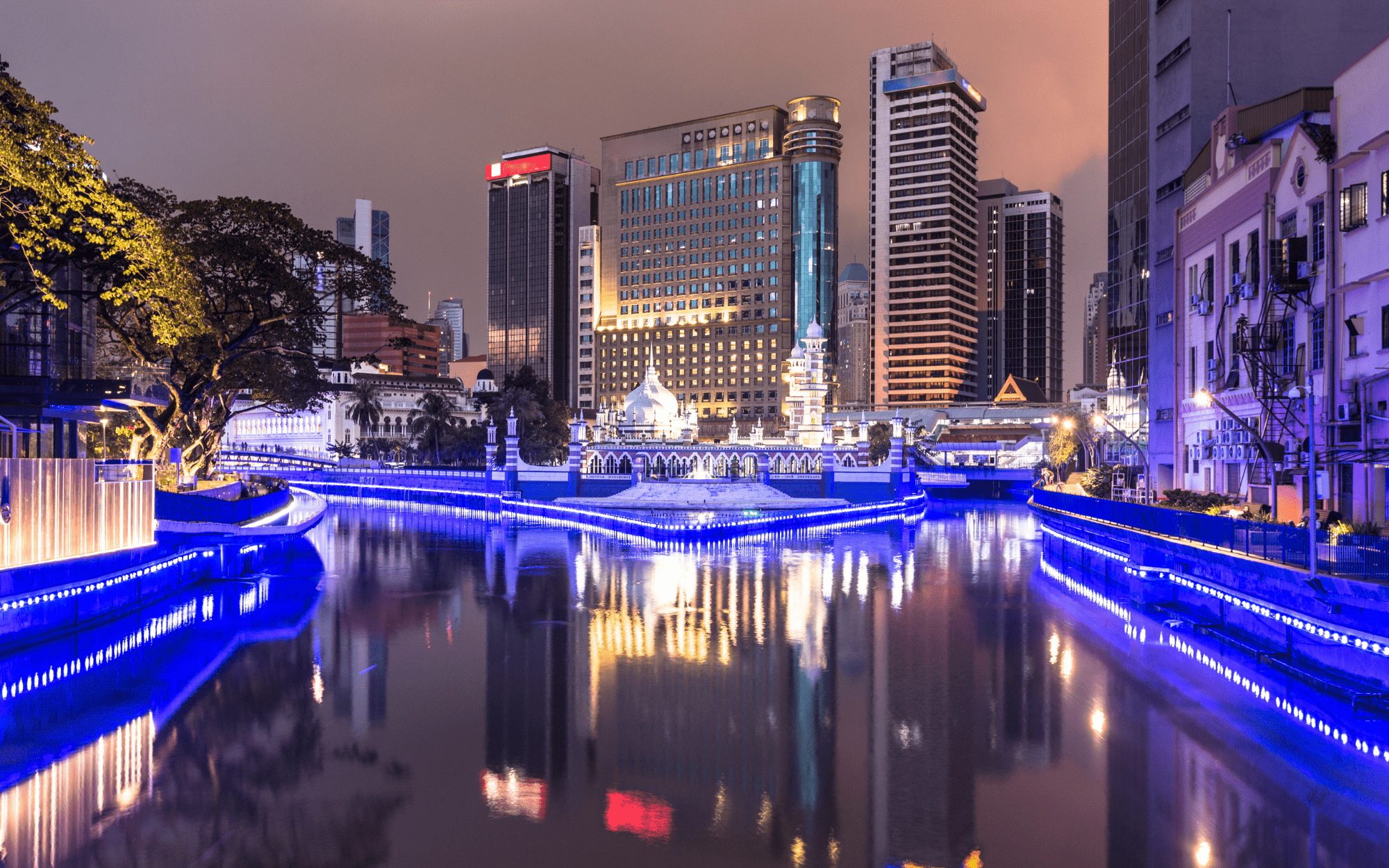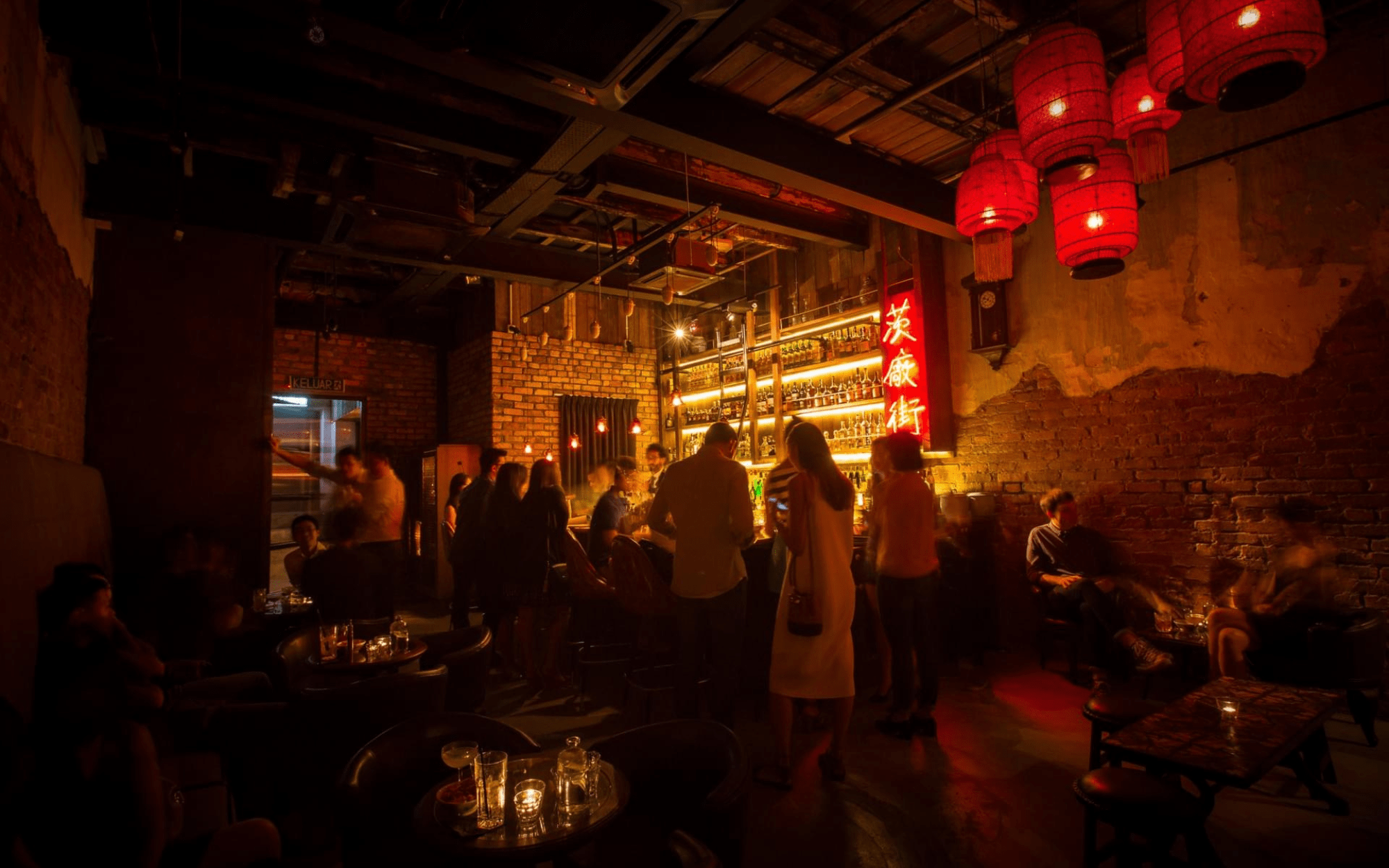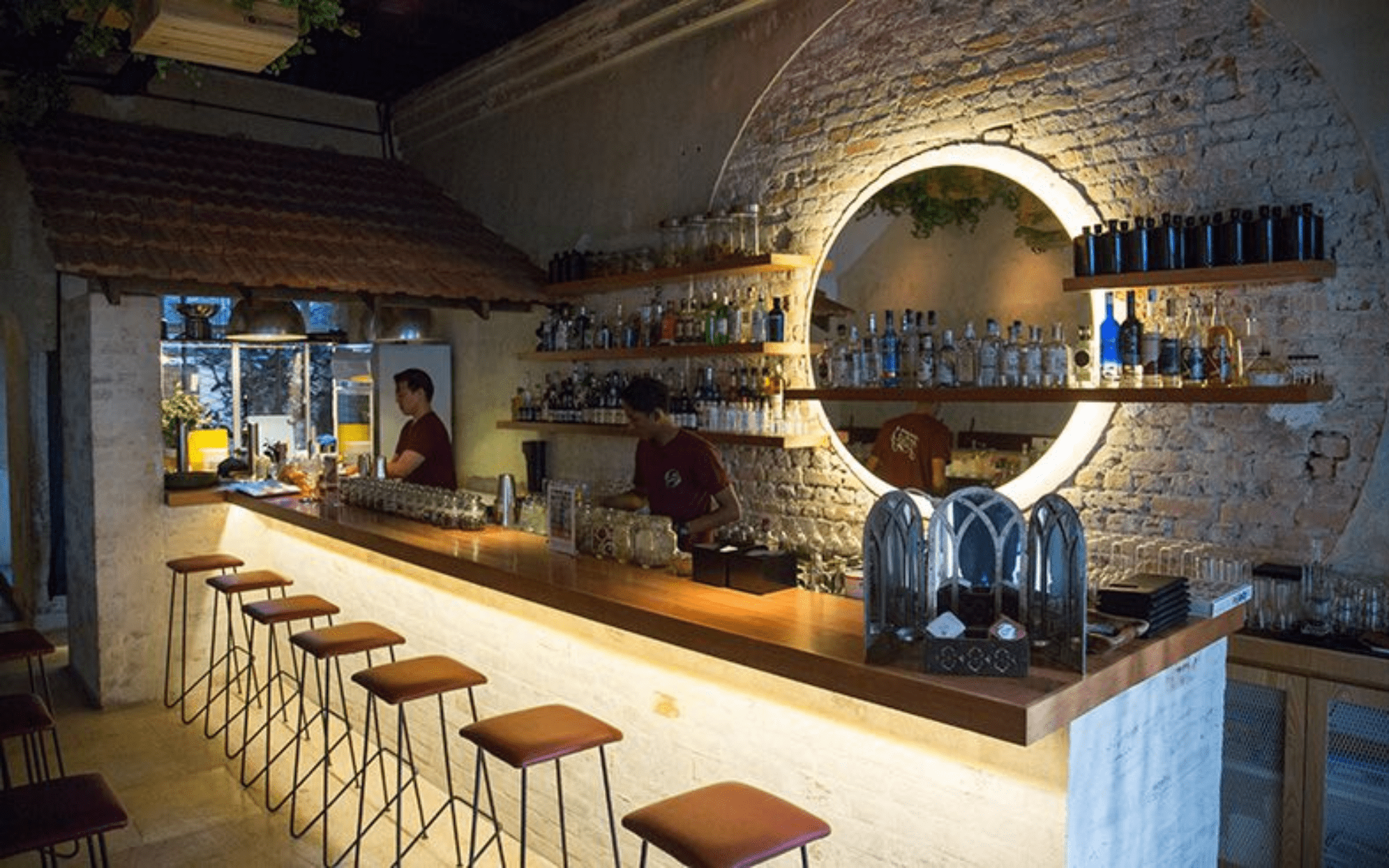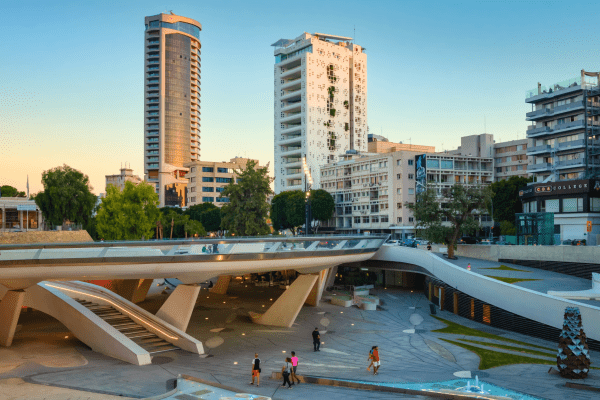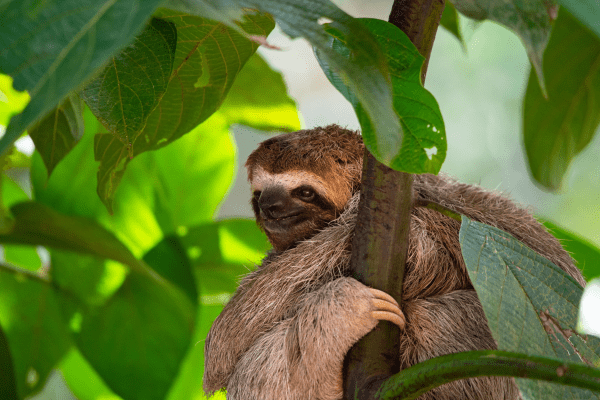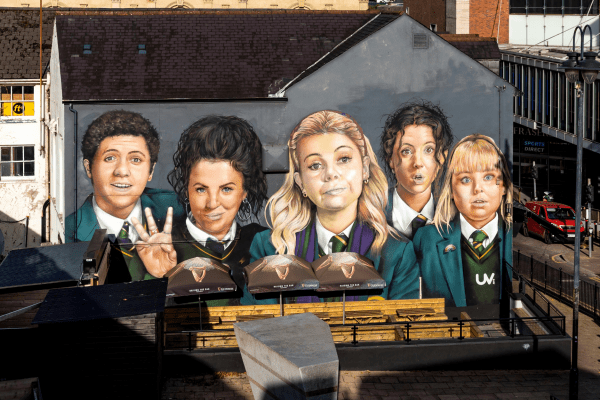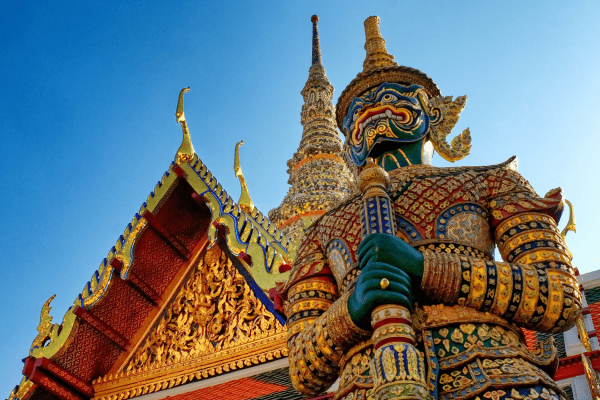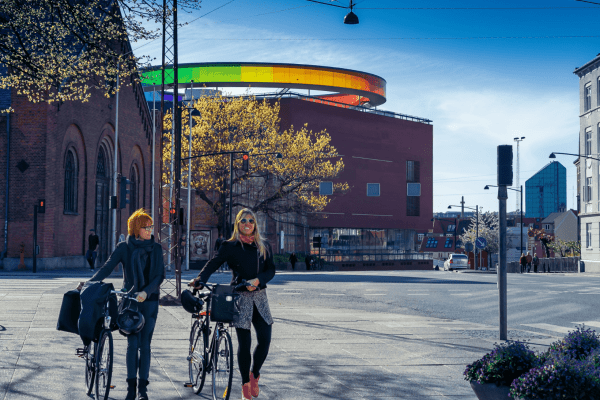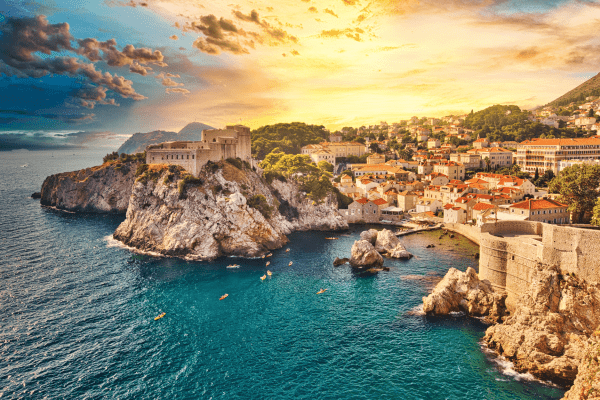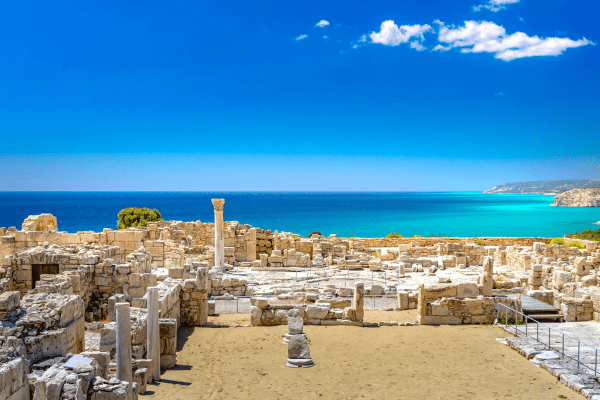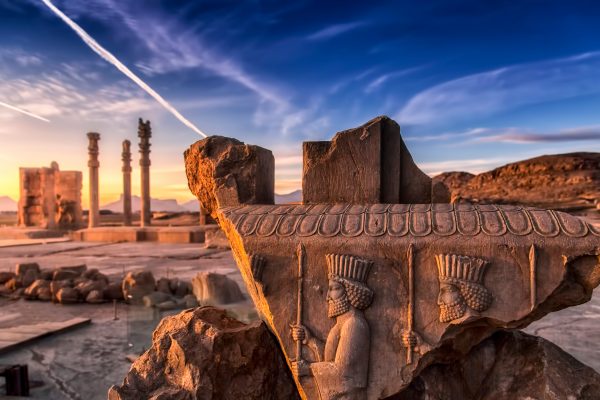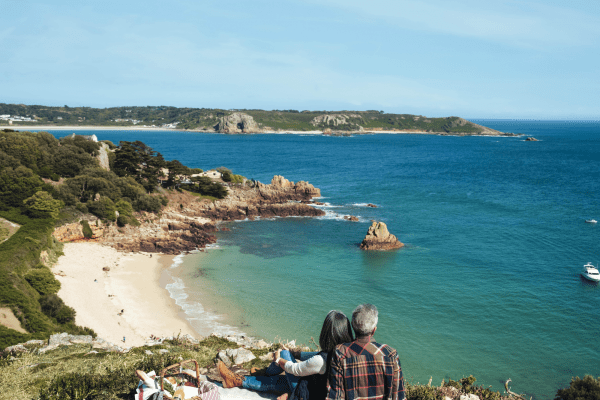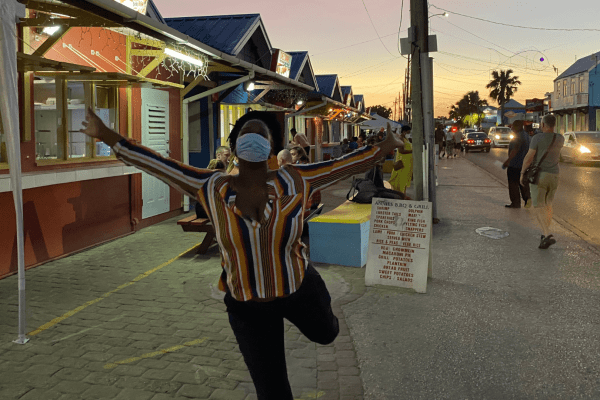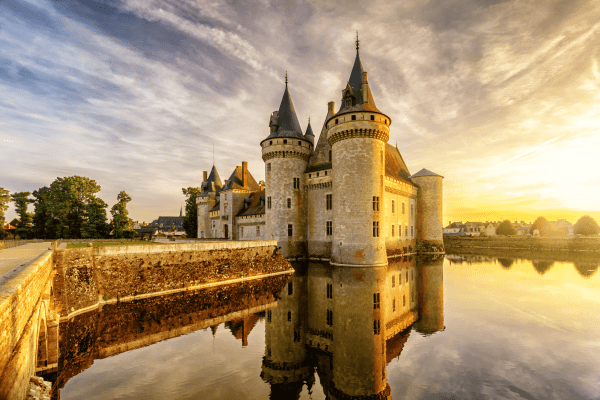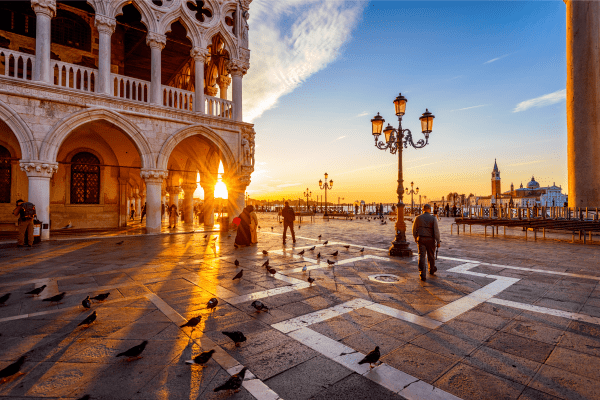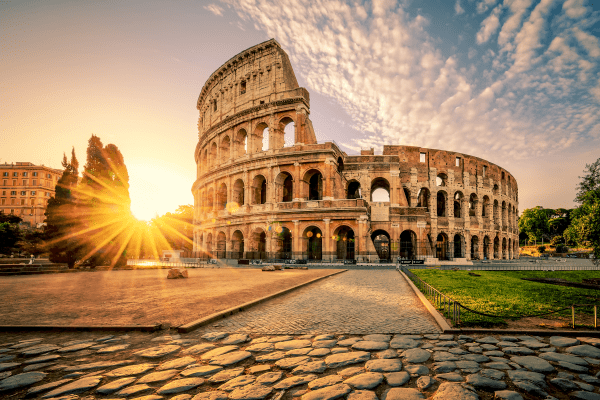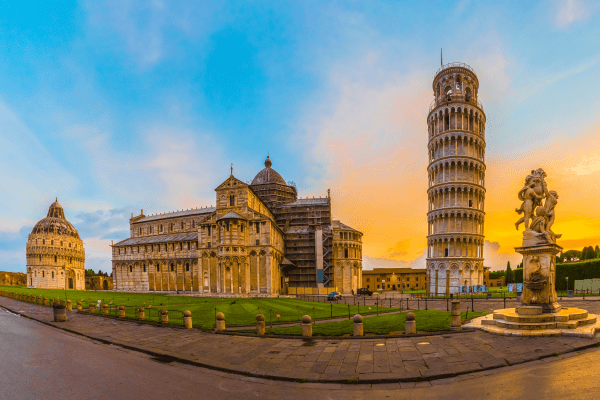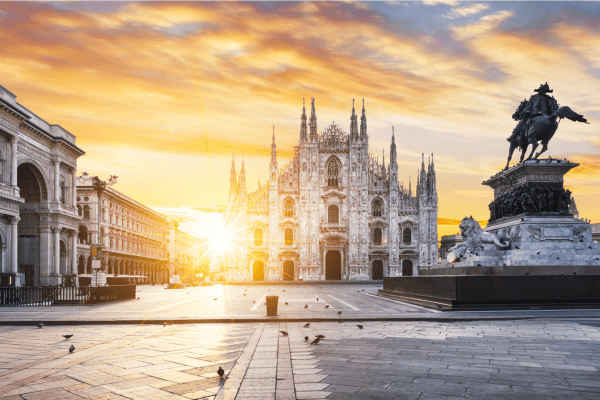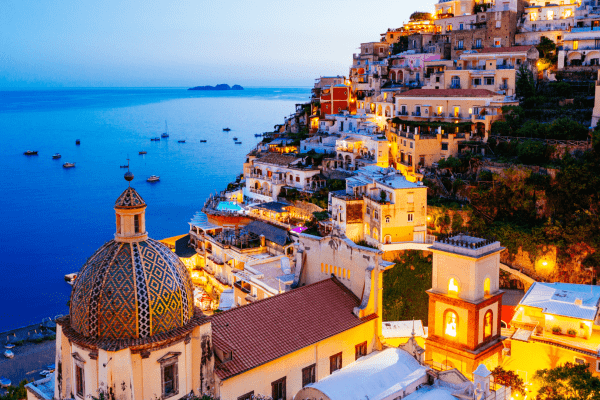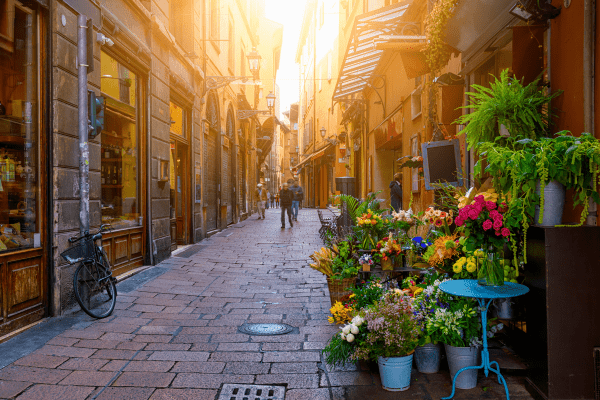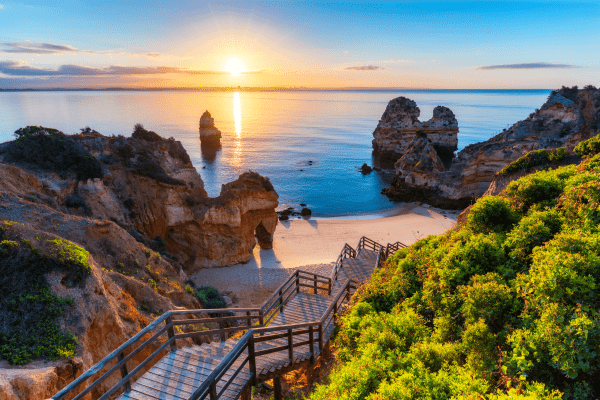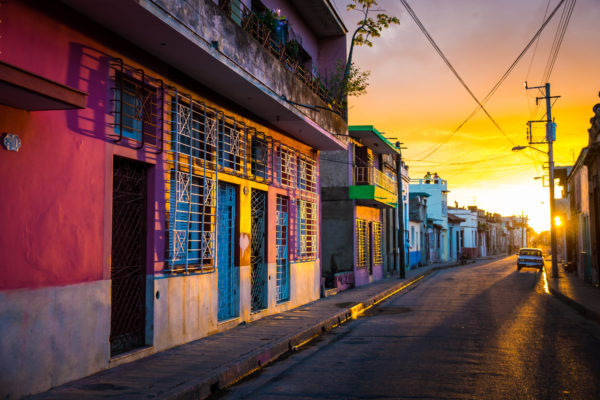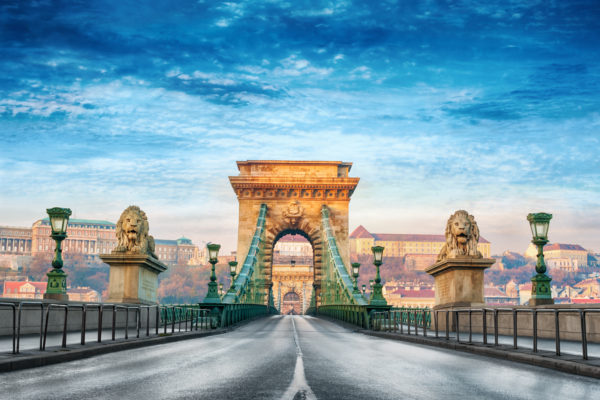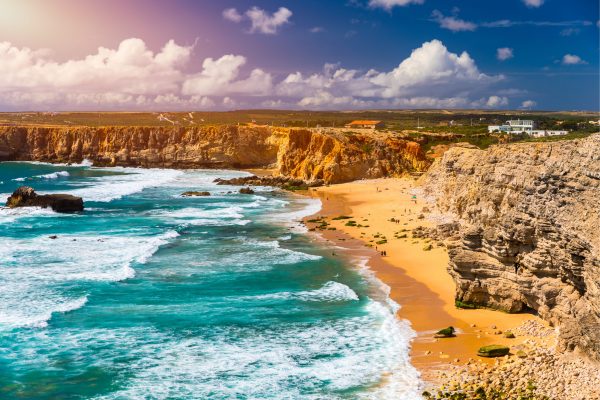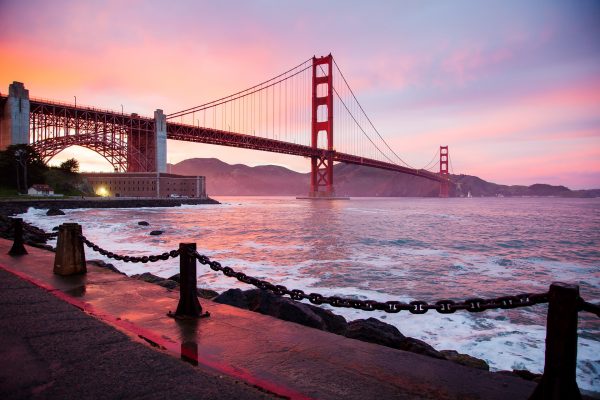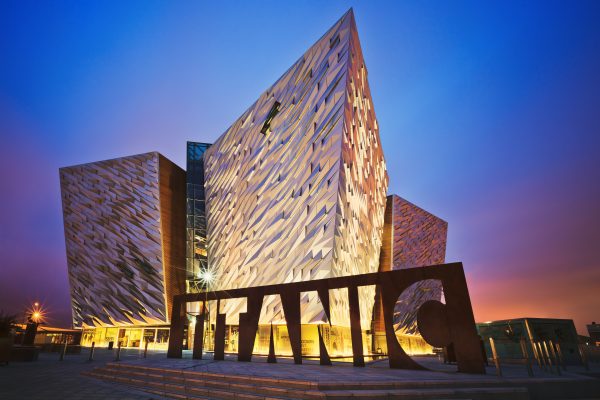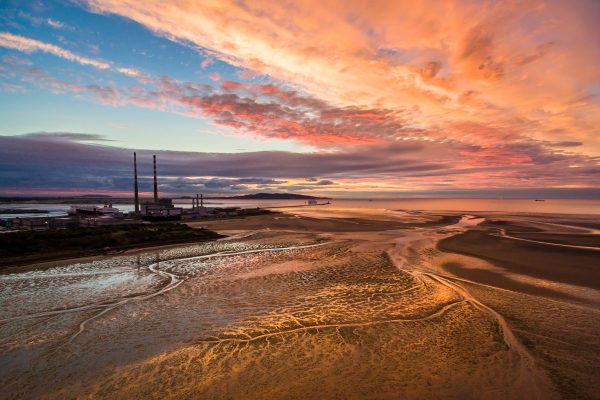The rain taps a gentle rhythm against the windows of a century-old shophouse as you slip through an unmarked door, leaving behind the glistening streets of Kuala Lumpur’s Chinatown. Inside, the air is thick with the scent of exotic spices and premium spirits, the soft murmur of conversation punctuated by the clink of ice in cocktail shakers. This is Kuala Lumpur during its low season, a time when this vibrant metropolis reveals its most authentic self to those willing to brave the occasional downpour.
The Secret Seasons of Malaysia’s Capital
Kuala Lumpur’s low season falls during two distinct periods: March to April and September to November. These months coincide with the inter-monsoon periods when rainfall is more frequent but typically occurs in short, intense afternoon downpours rather than all-day deluges. While many travellers shy away from visiting during these months, those in the know understand that this is precisely when the city’s true character emerges, when prices drop, crowds thin, and the urban landscape transforms into a lush, verdant paradise.
The Malaysian capital experiences a tropical equatorial climate, meaning it’s warm and humid year-round. During the low season, temperatures remain pleasantly consistent, hovering between 28-32°C during the day and cooling to a comfortable 23-25°C at night. The increased rainfall during these months brings a welcome freshness to the air, washing away the haze that sometimes blankets the city during drier periods.
A City Transformed by Rain
There’s something magical about Kuala Lumpur after a rainfall. The iconic Petronas Towers gleam against skies of dramatic, billowing clouds. The city’s abundant greenery, from the manicured parks to the wild pockets of jungle that still exist within the urban landscape, takes on an almost luminescent quality. Streets that might feel oppressively hot during peak season become refreshingly cool, perfect for exploration.
The rhythm of life in KL adapts to the monsoon pattern. Locals carry compact umbrellas and know exactly which shopping mall entrances offer the best shelter during a sudden downpour. Cafés and bars create cosy environments where one can watch the rain while enjoying a steaming cup of teh tarik (pulled tea) or a craft cocktail. There’s a certain romance to the city during these months, a slower pace that allows for deeper appreciation of its many charms.
The Economic Advantage of Low Season Travel
One of the most compelling reasons to visit Kuala Lumpur during its quieter months is the significant cost savings. Hotel rates can drop by 30-40%, with even luxury five-star properties offering rooms at surprisingly accessible prices. The Mandarin Oriental and The RuMa Hotel and Residences , both typically commanding premium rates, offer special packages during the low season that include room upgrades, dining credits, and spa treatments.
Flight prices also tend to be more affordable during these periods, with many airlines offering promotional fares to boost tourism during the quieter months. This combination of reduced accommodation and transportation costs means you can either save significantly on your travel budget or upgrade your experience without exceeding your planned expenditure.
Beyond the direct financial benefits, the economic advantages extend to the experiences available. Popular attractions like the Petronas Towers Skybridge and KL Tower Observation Deck have shorter queues, often eliminating the need to book tickets days in advance. Restaurants that might require reservations weeks ahead during peak season can often accommodate walk-ins, and tour operators are more willing to customize experiences for smaller groups.
Sustainable Tourism in the Rainy Season
Visiting Kuala Lumpur during its low season also represents a more sustainable approach to tourism. By distributing visitor numbers more evenly throughout the year, the strain on the city’s infrastructure and natural resources is reduced. This pattern of tourism helps create more stable, year-round employment for those working in the hospitality sector, rather than the boom-and-bust cycle that can occur with highly seasonal tourism.
Several eco-conscious initiatives in Kuala Lumpur particularly shine during the low season. The KL Forest Eco Park, formerly known as the Bukit Nanas Forest Reserve, is the oldest gazetted forest reserve in the country and offers a refreshing canopy walk experience that’s enhanced by the lushness that follows rainfall. The park implements strict visitor number controls, but during low season, you’ll rarely encounter crowds, allowing for a more peaceful communion with nature.
The Free Tree Society , a non-profit organization that promotes urban greening, often conducts special workshops during the low season months, teaching visitors about native plant species and sustainable gardening practices. These workshops provide an excellent opportunity to learn about Malaysia’s rich biodiversity while contributing to local conservation efforts.
Cultural Immersion Without the Crowds
Kuala Lumpur’s cultural institutions offer a more intimate experience during the low season. The Islamic Arts Museum Malaysia , housing one of the world’s most comprehensive collections of Islamic decorative arts, becomes a tranquil haven where you can appreciate the intricate details of manuscripts, textiles, and ceramics without jostling for space. Similarly, the National Museum provides a more reflective environment to learn about Malaysia’s rich history.
The city’s diverse religious sites, from the ornate Sri Mahamariamman Temple to the serene National Mosque , welcome visitors year-round, but during the low season, you’ll often find yourself alone with your thoughts, able to appreciate the spiritual atmosphere without distraction. Local worshippers and caretakers typically have more time for conversation, offering insights that go beyond what any guidebook can provide.
The Culinary Scene in Quieter Times
Kuala Lumpur’s reputation as a food paradise is well-deserved, and the low season offers unique advantages for culinary explorers. The famous Jalan Alor food street remains lively but not overwhelmingly crowded, allowing you to browse the various stalls at a leisurely pace. Vendors have more time to explain their specialties, and you might even receive generous portions as they’re eager for business during quieter periods.
The city’s covered markets, such as Central Market and Chow Kit Market , provide shelter from the rain while offering authentic local experiences. Here, you can sample seasonal fruits that are at their peak during the rainier months—the infamous durian, mangosteen, and rambutan are particularly succulent during this time.
The Secret Bar Scene: Kuala Lumpur’s Hidden Gem
Perhaps the most compelling reason to visit Kuala Lumpur during its low season is the opportunity to explore its thriving speakeasy scene. The city has embraced the global trend of hidden bars with characteristic Malaysian flair, creating establishments that combine world-class mixology with local ingredients and cultural references.
These secret bars are particularly atmospheric during the rainy season. There’s something undeniably romantic about ducking into an unmarked doorway to escape a tropical downpour, finding yourself in a dimly lit space where time seems to slow down. The cocktail culture in KL has matured significantly in recent years, with bartenders creating innovative drinks that showcase local ingredients like pandan, lemongrass, and tropical fruits.
Establishments like PS150 in Chinatown, hidden behind a vintage toy shop facade, create an immersive experience that transports you to 1920s Shanghai. Pahit , specializing in gin-based concoctions, occupies a heritage building where the sound of rainfall against the windows adds to the colonial-era ambiance. These venues are busy year-round but during the low season, you’re more likely to snag a seat at the bar and engage with the passionate mixologists about their craft.
Navigating the Monsoon: Practical Considerations
While the low season offers many advantages, it does require some practical adaptations. Afternoon showers are common, typically occurring between 2 pm and 5 pm, but they rarely last more than an hour or two. Savvy travellers plan indoor activities during these hours, perhaps a visit to the National Textile Museum or a leisurely lunch at one of the city’s many excellent restaurants.
Lightweight, quick-drying clothing is essential, as is a compact umbrella or rain jacket. Many experienced visitors to KL during this season wear sandals rather than closed shoes, as they dry more quickly after a downpour. The city’s excellent covered walkways connect many major buildings and shopping districts, allowing for exploration even during rainy periods.
Public transportation becomes particularly valuable during the low season. The LRT (Light Rail Transit), MRT (Mass Rapid Transit), and Monorail systems are efficient, affordable, and, crucially, sheltered from the rain. The Touch ‘n Go card provides seamless access to all these networks and can also be used for small purchases at convenience stores.

